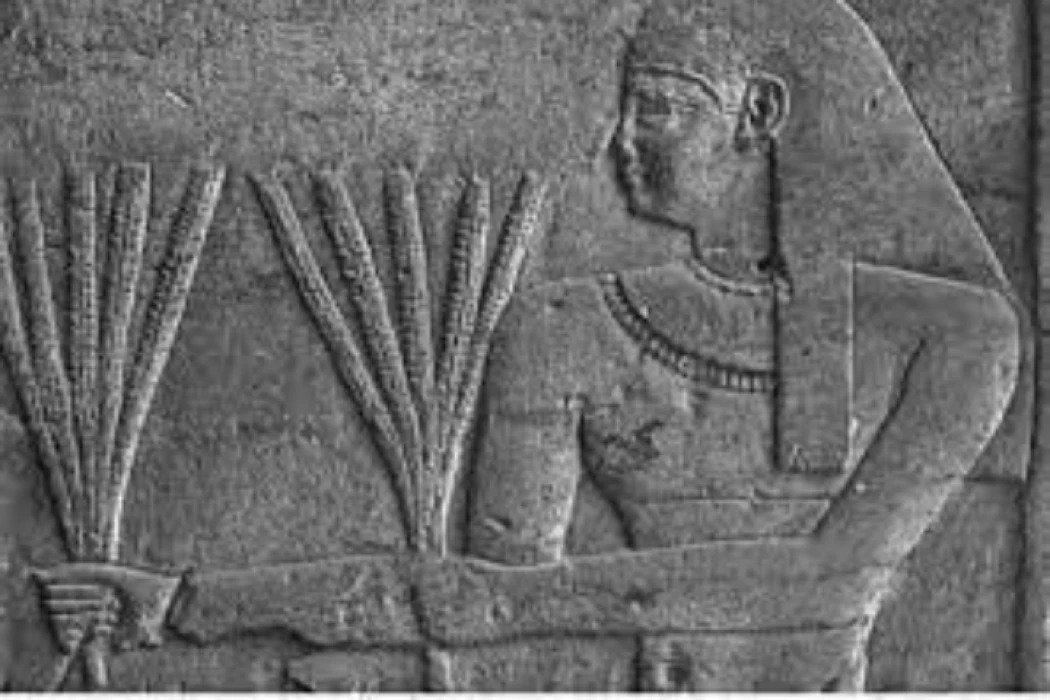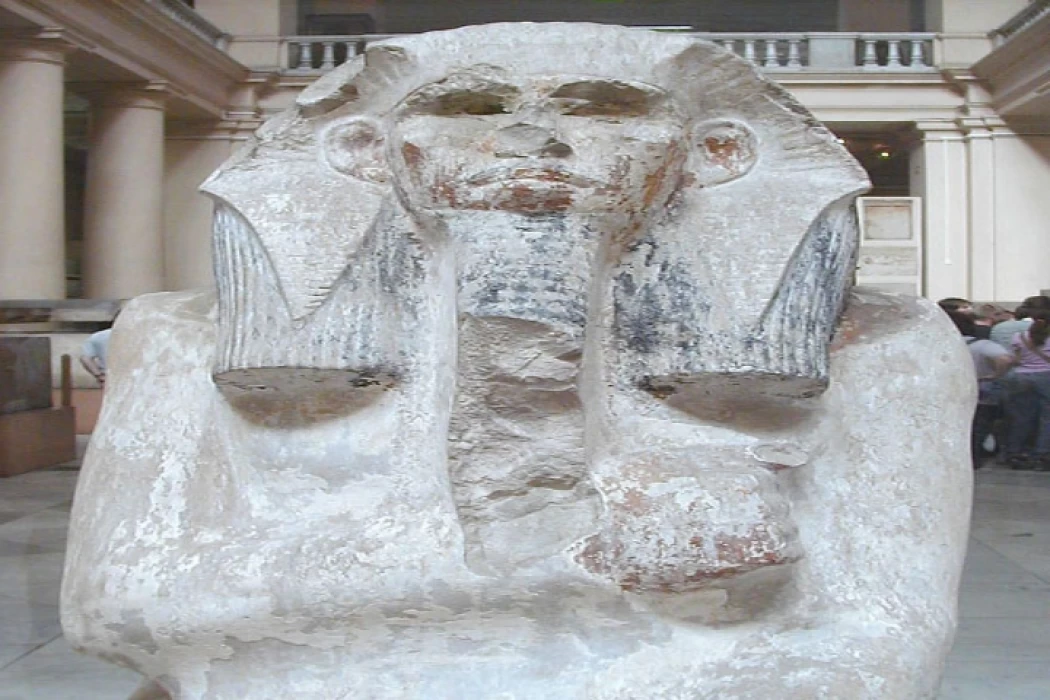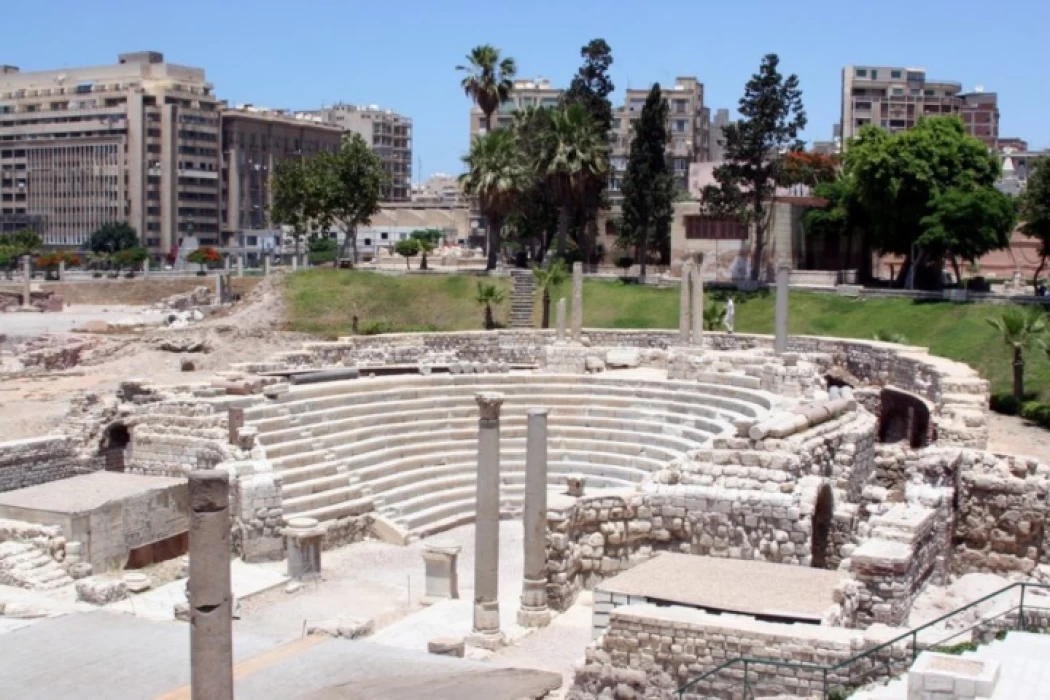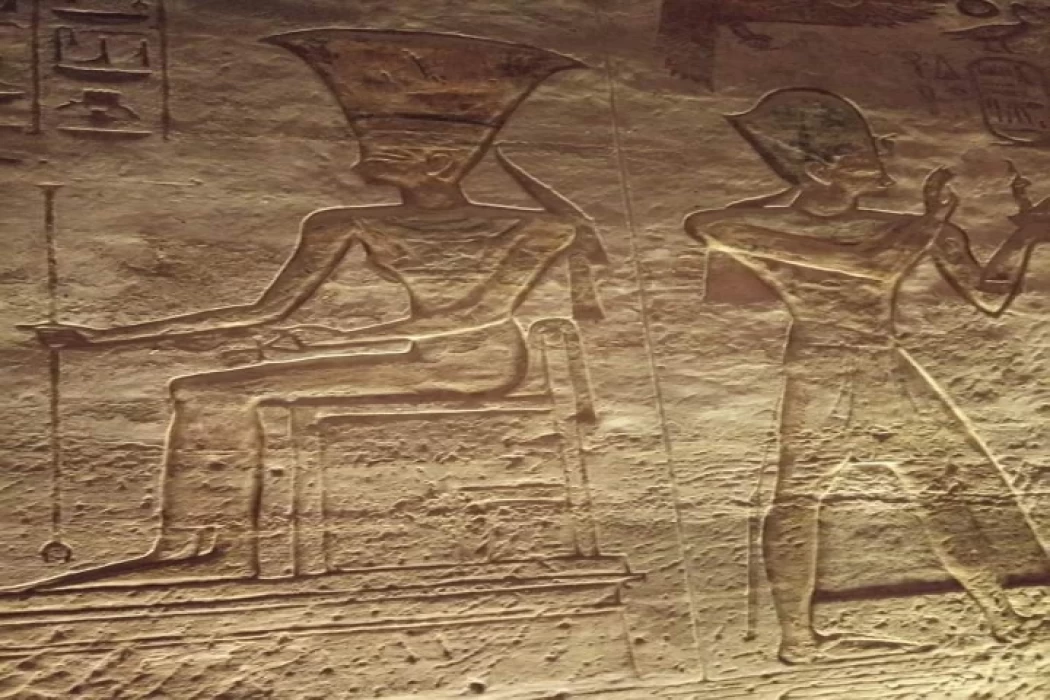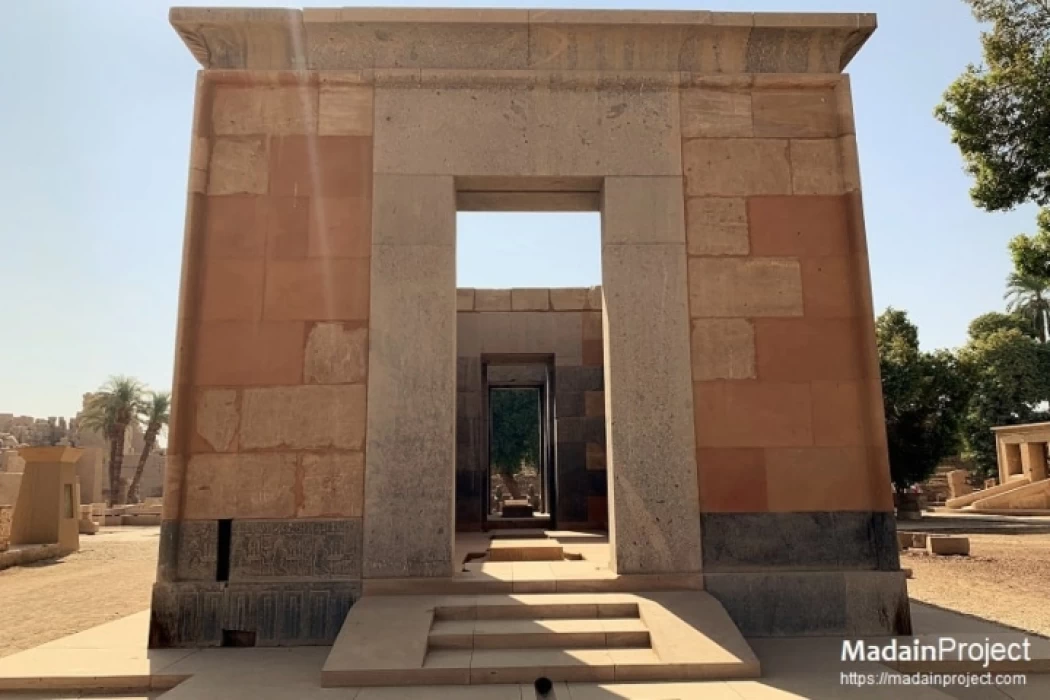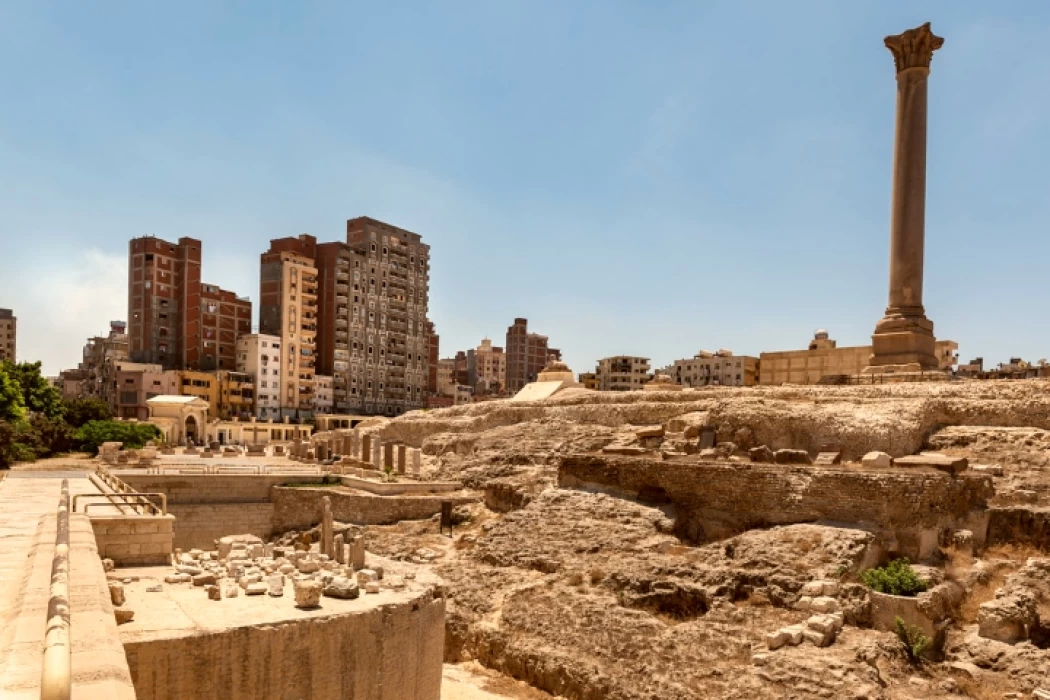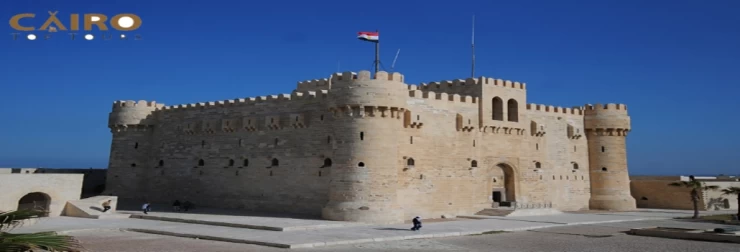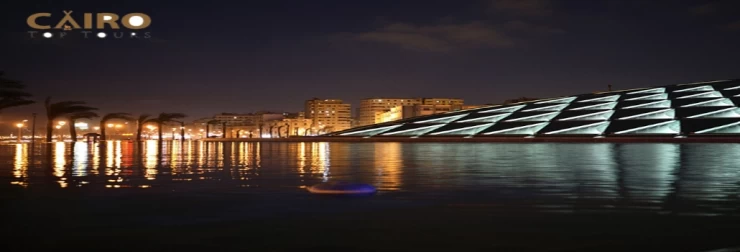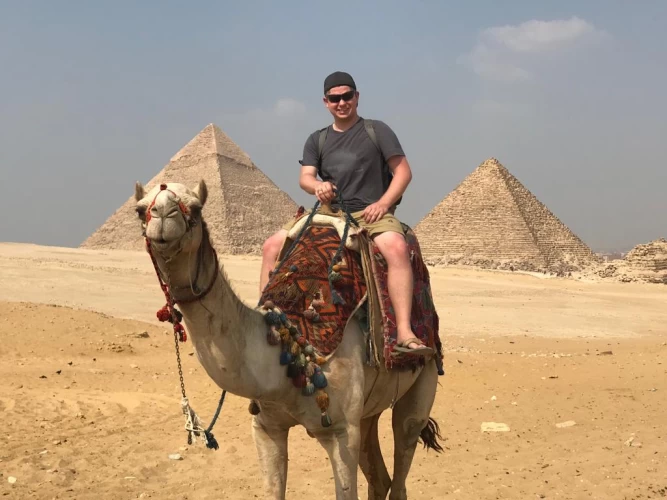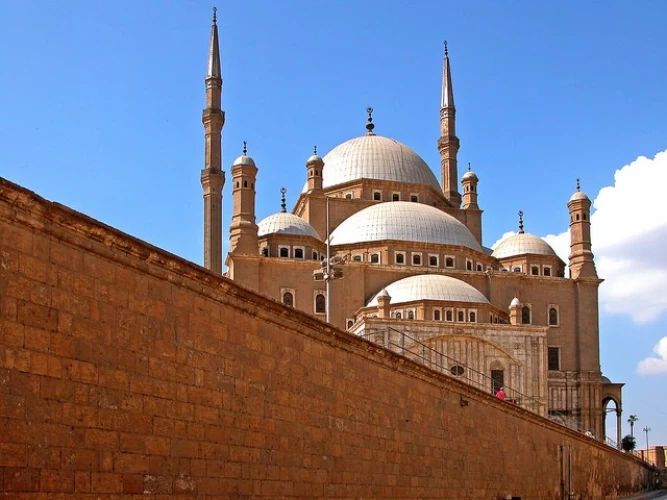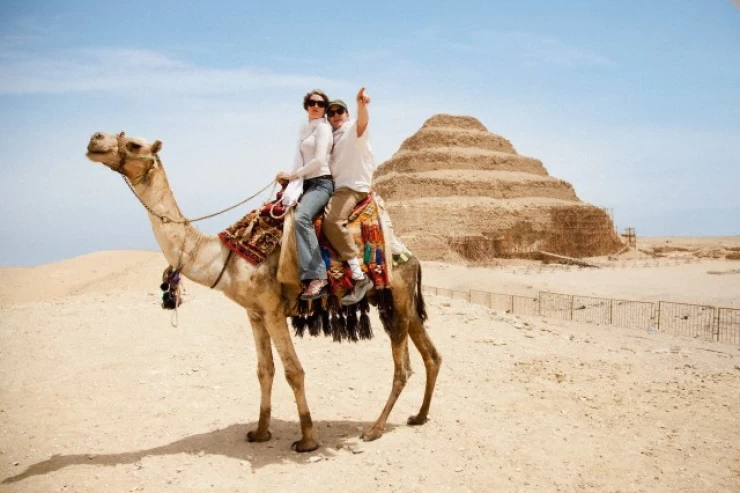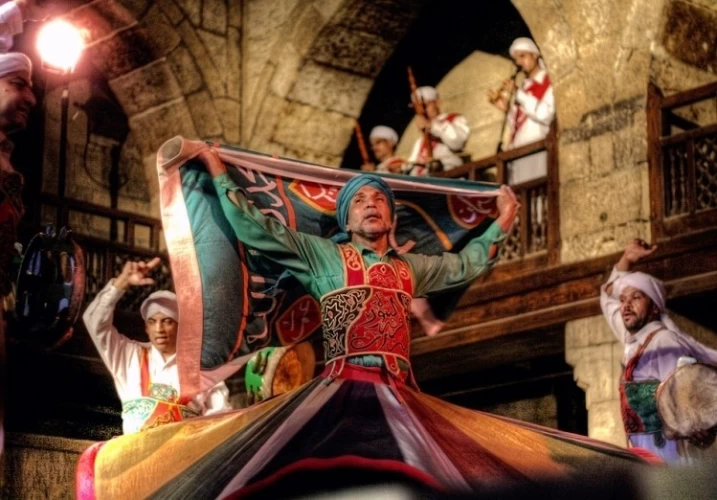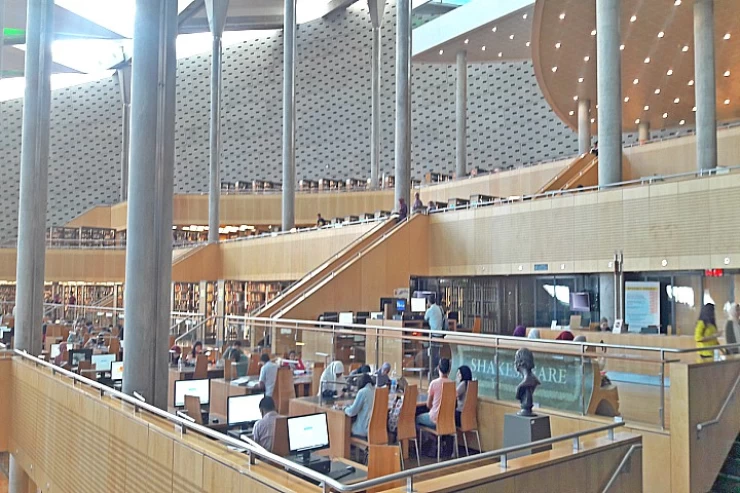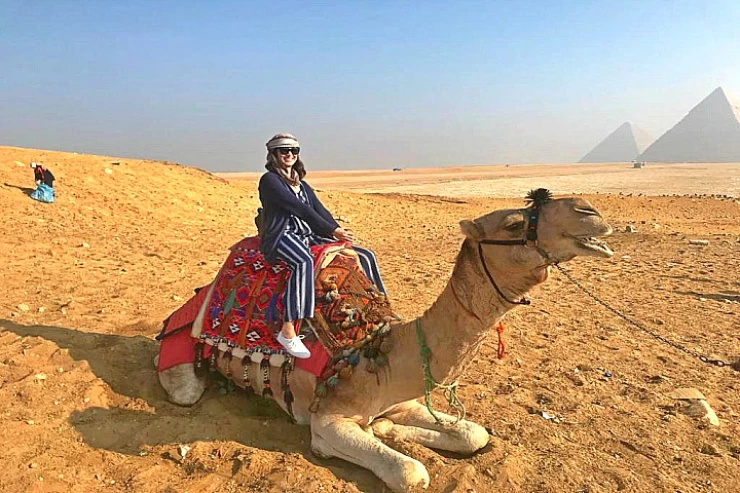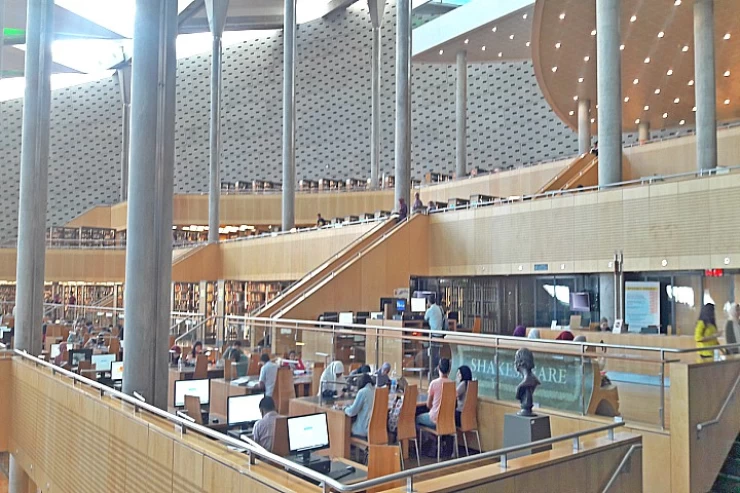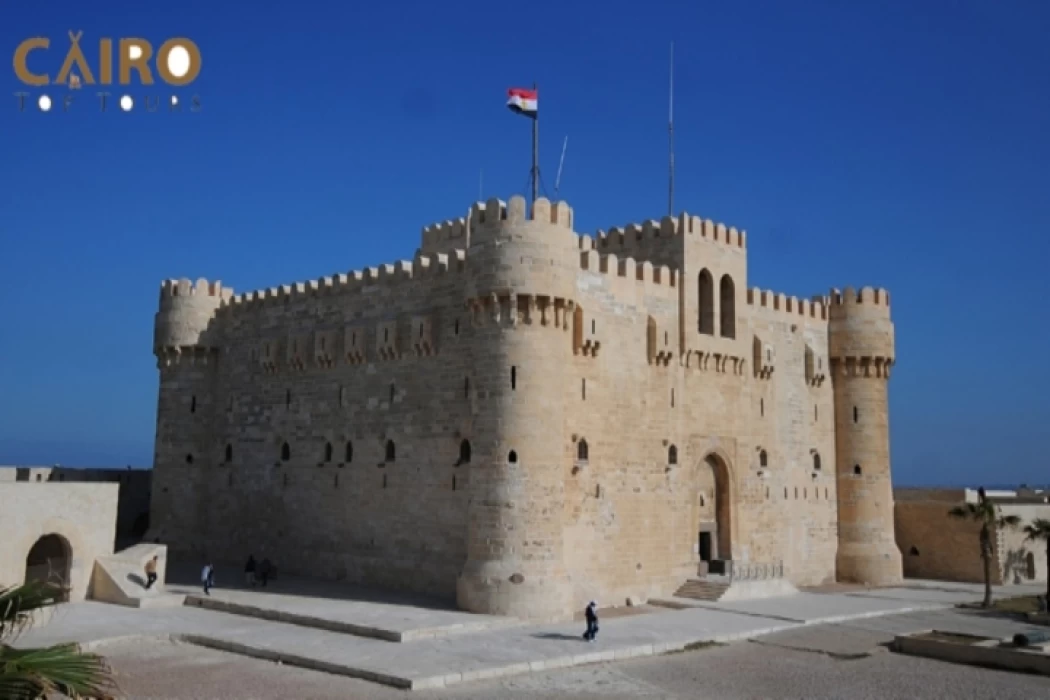
Citadel of Qaitbey
The Qaitbay Citadel in Alexandria is regarded as one of Egypt's most important defensive strongholds, as well as along the Mediterranean coast. It was a key feature of Alexandria's fortification system in the 15th century AD.
Lighthouse of Alexandria.
The Citadel is located on Pharos Island's eastern point, at the entrance to the eastern harbor. It was built on the site of the old Lighthouse of Alexandria, one of the Seven Wonders of the Ancient World. Many structural modifications were made to the lighthouse after the Arab conquest of Egypt, but the lighthouse continued to function for many centuries. Restoration began in the period of Ahmed Ibn Tulun (about 880 AD).
15th-century fortifications
Around 1480 AD, the Circassian Mameluke Sultan Al-Ashraf Qaitbay built the site as part of his coastal defense structures against the Turks, who were threatening Egypt at the time. He erected the fortification and added a mosque within it. The Citadel remained operational for most of the Mameluke, Ottoman, and Modern periods, but after the British bombardment of Alexandria in 1882, it was kept out of the spotlight. It was neglected until the twentieth century when it was repeatedly restored by Egypt's Supreme Council of Antiquities.
The Citadel of Qaitbay was founded by Circassian Sultan Al-Ashraf Abou Anasr Saif El-Din Qaitbay El-Jerkasy Al-Zahiry (1468-1496 AD), who was born about 1423 AD (826 AH). He was a Mamluke who had arrived in Egypt as a young man of less than twenty years old. He was bought by Al-Ashraf Bersbay and remained with him till his death. Then Sultan Jaqmaq purchased Qaitbay and later liberated him. Qaitbay went on to hold several positions. He was appointed Chief of the Army (Atabec Al-Askar) during Sultan Timurbugha's reign. When the Sultan was deposed, Qaitbay was named Sultan Almalek Al-Ashraf on Monday, 26th Ragab, 872 AH (1468 AD).
The edifice's mason
He constructed numerous helpful structures in Mecca, Medina, and Jerusalem. In Egypt, there are about 70 renovated edifices attributed to him, among them are mosques, Madrasas, agencies, Fountain houses (Sabils), Kuttabs, houses, and military edifices like the Citadels in Alexandria and Rosetta (Nowadays the city of Rashid).
The architect of the Citadel was Qagmas Al-Eshaqy, also known as The Edifice Mason. Before his entrance into Egypt, he was a Mameluke from Djakmaq, Syria. During Qaitbay's reign, he became an edifice mason and then Viceroy of Alexandria. He was appointed governor of Syria (Damascus) and constructed a mosque outside Rashid's gate (Bab Rashid), as well as a cenotaph and a Khan. He also restored the El-Sawary Mosque outside Sadrah's gate (Bab Sadrah).
Qagmas was both brilliant and modest, and he oversaw many construction projects throughout Qaitbay's reign. In 882 AH (1477 AD), Sultan Qaitbay visited the site of Alexandria's old lighthouse and ordered the construction of a castle on its foundation. The
The Citadel's construction took roughly two years and cost Qaitbay more than a hundred thousand gold dinars.
Construction
Ibn Ayas stated that the construction of this fort began in the month of Rabi Alawal 882 H. He stated that Sultan Qaitbay traveled to Alexandria with other Mameluke princes to examine the site of the old lighthouse and that during this visit, he ordered the construction of the Citadel.
Sultan Qaitbay returned to Alexandria in the month of Shaban 884 H when the work was completed. He armed the fort with a strong legion of troops and different weaponry. He also, as Ibn Ayas claimed, established various waqfs from which he funded construction projects as well as army salaries.
During the Mameluke period, and due to its strategic location, the Citadel was properly maintained by all
rulers who came after Qaitbay.
Strengthening the garrison
Sultan Qansuh al-Ghuri dedicated great attention to the Citadel. He returned multiple times and reinforced the garrison with varied weapons and equipment. It included a massive prison built for princes and governmental officials whom the Sultan kept out of his favor for whatever reason. In the episodes of the year 960 H, Qansuh Al-Ghouri traveled to Alexandria with other princes.
El-Ghouri visited the Citadel of Qaitbay and witnessed certain maneuvers and military training on the Citadel's defensive armaments from that era. When he sensed the Ottoman threat, he issued a military decree prohibiting the removal of weapons from the Citadel, even announcing that those who attempted to steal anything from the Citadel would face the death penalty, and he ordered the inscription of this decree on a marble slate fixed to the door leading to the court. The text reads: b-ismi-llāhi r-raḥmāni r-raḥīmi بِسْمِ اللهِ الرَّحْمٰنِ الرَّحِيْمِ. "In the name of God, the Most Gracious, the Most Merciful".
As the Ottoman military weakened, the Citadel's military value dwindled. During the French campaign to Egypt in 1798 AD, it was captured by French troops, owing to the Citadel garrison's inferiority and the potency of French sophisticated armaments of the time. Inside, the French discovered crusader weapons dating back to Louis IX's expedition. These could have been prizes from the Battle of Al Mansurah.
19th-century refurbishment
Front view of the Citadel of Qaitbay.
When Muhammad Ali Pasha became Egypt's ruler in 1805, he restored the old Citadel, maintaining and repairing its outer fortifications, and outfitted the bastion with the most sophisticated armaments of the day, including coastal guns. We might consider Mohammed Ali's reign to be another great era for the Citadel.
The Orabi uprising
The Citadel remained the focus of Mohammed Ali's successors until 1882 when the Orabi Revolt occurred. On July 11, 1882, the British fleet bombarded Alexandria, causing extensive damage, particularly to the Citadel. This onslaught cracked the castle and caused significant damage. Cannon explosions targeted directly at the structure caused extensive damage to the north and western façade. The western facade was destroyed, leaving large gaps in it.
Latest Articles
Admin
Neper God Of Grain
Neper was the deity of grains, particularly cereals that were important in Ancient Egypt, such as wheat and barley. It was stated that he foretold when the crops would grow, be harvested, and disappear.
Admin
Djoser
Djoser was an ancient Egyptian pharaoh of the 3rd Dynasty during the Old Kingdom and was the founder of that epoch. He is also known by his Hellenized names Tosorthros (from Manetho) and Sesorthos (from Eusebius). He was the son of King Khasekhemwy and Queen Nimaathap, but whether he was also the direct successor to their throne is unclear. Most Ramesside king lists identify a king named Nebka as preceding him, but there are difficulties in connecting that name with contemporary Horus names, so some Egyptologists question the received throne sequence. Djoser is known for his step pyramid, which is the earliest colossal stone building in ancient Egypt
Admin
Kom Al Dikka Alexandria
Kom El Deka, also known as Kom el-Dikka, is a neighborhood and archaeological site in Alexandria, Egypt. Early Kom El-Dikka was a well-off residential area, and later it was a major civic center in Alexandria, with a bath complex (thermae), auditoria (lecture halls), and a theatre.
Admin
The God Anuket
Anuket, in Egyptian religion, the patron deity of the Nile River. Anuket is normally depicted as a beautiful woman wearing a crown of reeds and ostrich feathers and accompanied by a gazelle.
Admin
The Red Chapel of Hatshepsut
The Red Chapel of Hatshepsut or the Chapelle rouge was a religious shrine in Ancient Egypt. The chapel was originally constructed as a barque shrine during the reign of Hatshepsut. She was the fifth pharaoh of the Eighteenth Dynasty from approximately 1479 to 1458 BC.
Admin
The Serapeum of Alexandria
The Serapeum of Alexandria in the Ptolemaic Kingdom was an ancient Greek temple built by Ptolemy III Euergetes (reigned 246–222 BC) and dedicated to Serapis, who was made the protector of Alexandria, Egypt. There are also signs of Harpocrates. It has been referred to as the daughter of the Library of Alexandria.
